The question, "How long does a tire last?" tends to be followed by several others like, “What causes a tire to wear? When should tires be replaced? What can be done to make tires last longer?” Fortunately, we can help provide clarity around these questions.
There is no exact answer to how long a particular tire will last, but there are things a driver can do to get the most out of their tire investment and avoid driving on unsafe tires. On average, people drive between 12,000 to 15,000 miles a year, which means the average good quality all-season tire will last somewhere between three and five years, depending on maintenance, driving style and conditions, etc.
The National Highway Traffic Safety Association (NHTSA) states a driver is three times more likely to be involved in a crash caused by poor tire condition. Safer is smarter when it comes to the health of tires, so if there is ever a question on tread wear or age, have the tires checked.
Multiple factors play a role in how long a tire may remain in service. Miles driven, road conditions, driving style, maintenance and age all affect how long a tire lasts.
Worn vs. Aged
Tires naturally wear the more they are driven and worn out tires provide reduced traction compared to those with adequate tread, especially in adverse weather conditions. Most drivers understand worn out tires (remaining tread depth at or below 2/32”) should be removed from service.
Many drivers are not aware that minimally used tires, like the ones on recreational vehicles, collectible cars, or even spare tires, tend to experience aging instead of wearing, due to a lack of driving. An aged tire has a substantial amount of tread; however, the structural integrity of the tire is weaker because the tire needs to be driven for the chemicals in the rubber to remain effective.
Curbs, Potholes, and Other Hazards
Hitting curbs or driving on roads in poor condition (potholes, broken pavement, poorly graded railroad crossings, unpaved roads, etc. ) can cause misalignment, and suspension damage that affects tire wear. If your daily drive includes these challenges, be sure to schedule annual suspension, alignment and tire checks.
) can cause misalignment, and suspension damage that affects tire wear. If your daily drive includes these challenges, be sure to schedule annual suspension, alignment and tire checks.
Weather Conditions
Driving in poor weather conditions like ice, snow, and rain can cause tires to wear quicker because they must work harder to maintain traction. Purchasing tires that are specially engineered to perform in specific weather conditions can provide drivers with an extra measure of traction and control (meaning greater safety) while delivering good treadwear.
Bridgestone offers different types of tires designed to keep you and your car safe during any weather or road condition. For example, Bridgestone's Blizzak tire series is built to perform in harsh winter weather conditions providing durable traction on snowy and icy roads, and the Dueler tire series is one of several that offer a secure grip on wet road conditions for areas that experience heavy rain.
Poor Driving Habits
Poor driving habits like hard cornering, quick acceleration, and sudden braking can increase the stress on tires tremendously, causing them to wear rapidly. Drivers can extend the life of their tires significantly by avoiding aggressive driving.
Drivers can extend the life of their tires significantly by avoiding aggressive driving.
Neglected Maintenance
It is important to regularly have tires checked for damage, to maintain air pressure levels, and to keep tires aligned and rotated. Without proper maintenance, tire life can be reduced by as much as half - even more, in some cases.
If the below signs are evident with your tires, it may be time to have them replaced.
Low Tread Depth
Tread loss is a significant sign a tire needs to be replaced. Low tread is a sign driver can physically see happening on their tire. Depending on the part of the tire that is wearing, there may be other problems with the vehicle.
Pronounced inner or outer shoulder wear: tires are misaligned
Edge of the shoulder wear: tires are under-inflated, need to be rotated or both.
Center wear: tires may be overinflated or have been subjected to extremely hard acceleration.
Cupped wear: the vehicle is experiencing suspension problems
All tires have tread wear indicators built-in, but if the tread looks low take time to do the penny test on the tires.
Rough Drive
If you’re experiencing a vibration (particularly if it just started), or high (and increasing) levels of tire noise it may be a sign your tires are out of balance, not wearing properly or have a structural issue. In some cases, this may affect safety, so have your tires checked by a qualified professional asap.
DOT Number
The U.S. Department of Transportation (DOT) number on the tire’s sidewall is another way to help keep track of when they need to be replaced. It’s easy to identify - look for the letters “DOT” followed by eleven or twelve letters and numbers. On tires made after the year 2000 the final four digits signify the week and year of manufacture. So, a tire with “3618” would have been made in the 36th week or 2018. A tire that has a 3-digit week-and-year code means the tire was made before the year 2000 and should be replaced due to age.
Bridgestone recommends that its Bridgestone or Firestone brand tires be removed from service after ten years regardless of their remaining tread depth. They also recommend periodic inspections by a qualified technician for damage such as punctures, impact damage, signs of improper inflation or overloading, or other conditions resulting from the use or misuse of the tire.
Tires are both one of the largest maintenance expenses a vehicle owner is likely to face, and one of the most critical in terms of driving safety and performance. For both reasons it’s important to care for them properly. Bottom line: good maintenance and driving habits help keep drivers safe, and it saves them money by extending tire life.
Easy Does It
Tire life can be reduced by as much as half when they’re subjected to a lot of hard braking and aggressive acceleration from a standstill. Avoiding tailgating to reduce the need for frequent hard braking will increase tire life. Easing into the throttle when pulling away from a stop reduces strain on the tires and improves wear. Slowing before sharp corners also reduces stress on tires, as does avoiding potholes and broken pavement when possible. If you’re interested in spending less on tires, following these steps can help.
Easing into the throttle when pulling away from a stop reduces strain on the tires and improves wear. Slowing before sharp corners also reduces stress on tires, as does avoiding potholes and broken pavement when possible. If you’re interested in spending less on tires, following these steps can help.
Regular Maintenance
Another way to extend tire life is to keep up with the proper maintenance of a vehicle and its tires. A couple of things you can do yourself are to check the air pressure and tread depth. You should have a qualified technician periodically check their balance and alignment and be sure to have tires rotated at regular intervals. maintenance is essential for your tires to perform their best and last their longest.
It may be tentative, but tires do have an expiration date. There is a general consensus that most tires should be inspected, if not replaced, at about six years and should be absolutely be swapped out after 10 years, regardless of how much tread they have left. How do you know how old your tires are? There’s a code on the sidewall that you can read about here. Wear is a far more straightforward consideration: Tiremakers and safety advocates say a tire is worn out when its tread depth reaches 2/32 of an inch. That’s all fine, but what most car owners want to know is how long to expect a set of new tires to last before they need to be replaced.
How do you know how old your tires are? There’s a code on the sidewall that you can read about here. Wear is a far more straightforward consideration: Tiremakers and safety advocates say a tire is worn out when its tread depth reaches 2/32 of an inch. That’s all fine, but what most car owners want to know is how long to expect a set of new tires to last before they need to be replaced.
“I wish it were simple to say how long each tire might last, but tires are different,” said Dan Zielinski, a spokesman for the U.S. Tire Manufacturers Association (USTMA). “Some tire manufacturers offer a warranty as high as 80,000 miles or more, reflecting confidence in that particular product’s longevity based on its engineering, technology, and design. Other tires may be built to provide 30,000 miles of service.” Or less; some high-performance tires on cars driven aggressively will be worn to the 2/32-inch point without ever seeing 15,000 miles, but those are extreme cases.
The average American drives between 14,000 and 15,000 miles a year, according to data from the Federal Highway Administration. Zielinski said that, if you’re kind to your tires—that is, you aren’t constantly peeling out at stoplights and you properly maintain them—most new tires on the market today will last about 60,000 miles. For what it’s worth, the USTMA did a review of several thousand recently scrapped tires and found that most were three to four years old. There was no way of telling how many miles were on those tires, but it’s easy enough to multiply four years by 15,000 miles annually to confirm the rough approximation of tire durability.
Zielinski said that, if you’re kind to your tires—that is, you aren’t constantly peeling out at stoplights and you properly maintain them—most new tires on the market today will last about 60,000 miles. For what it’s worth, the USTMA did a review of several thousand recently scrapped tires and found that most were three to four years old. There was no way of telling how many miles were on those tires, but it’s easy enough to multiply four years by 15,000 miles annually to confirm the rough approximation of tire durability.
If you want to figure out how soon you’ll wear out the tires on your car, Zielinski said it would be a good idea to start by determining how many miles you drive each year. Divide the number of miles on the odometer by how many years you’ve owned the car (starting, obviously, from when you first got the car and accounting for any mileage it had on it at that time). Then you can compare that with any advertised warranty on the make and model of the tires and figure out how many years of service to expect.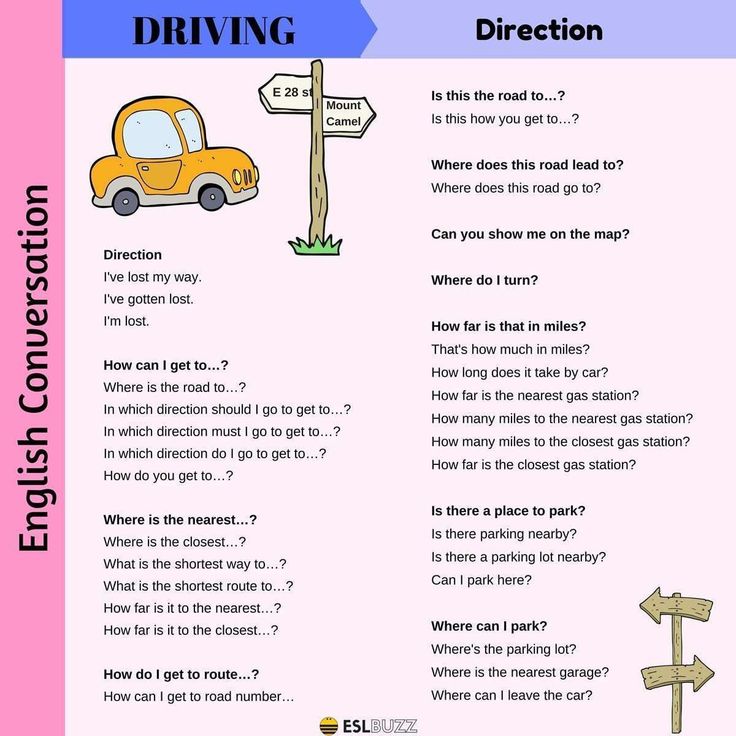 If you live where winter tires are advisable and swap those onto the car for some months of the year, your regular tires will get less use and will endure for a longer period of time, but remember the caveats about tire age.
If you live where winter tires are advisable and swap those onto the car for some months of the year, your regular tires will get less use and will endure for a longer period of time, but remember the caveats about tire age.
Zielinski also noted that if you hit the wear bars at 50,000 miles on a set of tires with a 60,000-mile warranty, for example, tiremakers that offer such coverage will typically prorate the price of a new set. In this example, you could expect a discount on the new set equal to one-sixth their price, or about 17 percent. You might not get it, though, if you decide to change brands.
Kypros/Getty Images
In general, the best way to preserve the life of your tires, and keep yourself and your passengers safe, is to maintain them properly. Here are some tire basics and maintenance tips:
Tread
A tire is considered unsafe, and should be changed, once its tread is worn down to 2/32 of an inch, according to the National Highway Traffic Safety Administration (NHTSA).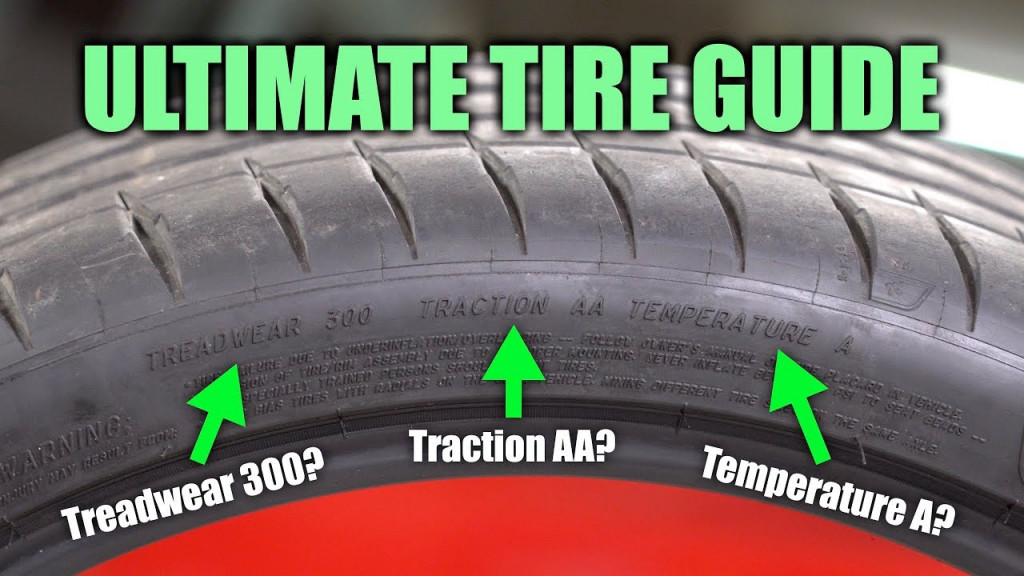 Many tires have tread-wear indicators, which are little bars in the tread that show when the tire is worn down to replacement level. These will start making noise to alert the driver that they need attention. You can also use a penny: NHTSA recommends putting the penny in the tread with Abraham Lincoln’s head upside down and facing toward you. If you can see the top of Abe’s head, it’s time for new tires.
Many tires have tread-wear indicators, which are little bars in the tread that show when the tire is worn down to replacement level. These will start making noise to alert the driver that they need attention. You can also use a penny: NHTSA recommends putting the penny in the tread with Abraham Lincoln’s head upside down and facing toward you. If you can see the top of Abe’s head, it’s time for new tires.
Pressure
To ensure even wear, tiremakers and auto companies recommend that vehicle owners check their tire pressures monthly. The pressure should be at the vehicle manufacturer’s recommended level, which is usually found in the car or truck’s doorjamb or in the owner’s manual. One quick and easy way to check tire pressure is with a handheld tire-pressure gauge, which you can find starting around $10 at an auto-parts store. Tire shops will often check the pressure for you. Some gas stations have digital readouts as part of their air pumps; these are not always accurate, though. It’s best to check the pressures when the tires are cold, meaning that they have not been driven on for several hours. So you’re better off checking them at home after the car has been parked overnight.
It’s best to check the pressures when the tires are cold, meaning that they have not been driven on for several hours. So you’re better off checking them at home after the car has been parked overnight.
Balance and Alignment
Tires need to be round, and the tire/wheel combination needs to be balanced. Tire shops and mechanics will use a balance machine, which spins the wheel to see where high and low spots are and detects any imbalance. The tire shop will then add weights, which are hammered onto the wheel, to balance them. These shops can also make make sure your wheels are aligned to keep the car tracking straight, which also reduces tire wear.
Rotation
Rotating your tires can help prolong their lives. For front-wheel-drive vehicles, the tires in the front will wear more quickly and can be swapped with the rear ones. The inverse is true for rear-wheel-drive cars and trucks. All-wheel-drive models, too, may need rotation. Most owner’s manuals contain a recommended pattern for rotating tires to spread the wear evenly. The USTMA recommends tires be rotated every 5000 to 8000 miles.
For front-wheel-drive vehicles, the tires in the front will wear more quickly and can be swapped with the rear ones. The inverse is true for rear-wheel-drive cars and trucks. All-wheel-drive models, too, may need rotation. Most owner’s manuals contain a recommended pattern for rotating tires to spread the wear evenly. The USTMA recommends tires be rotated every 5000 to 8000 miles.
This content is imported from OpenWeb. You may be able to find the same content in another format, or you may be able to find more information, at their web site.
Economics
24.11.2022, 16:10
Do not be afraid of retreaded tires!
Ain Alvela, Journalist
Before choosing tires, it's worth familiarizing yourself with the world of retreaded tires that Wolf Tires deals with.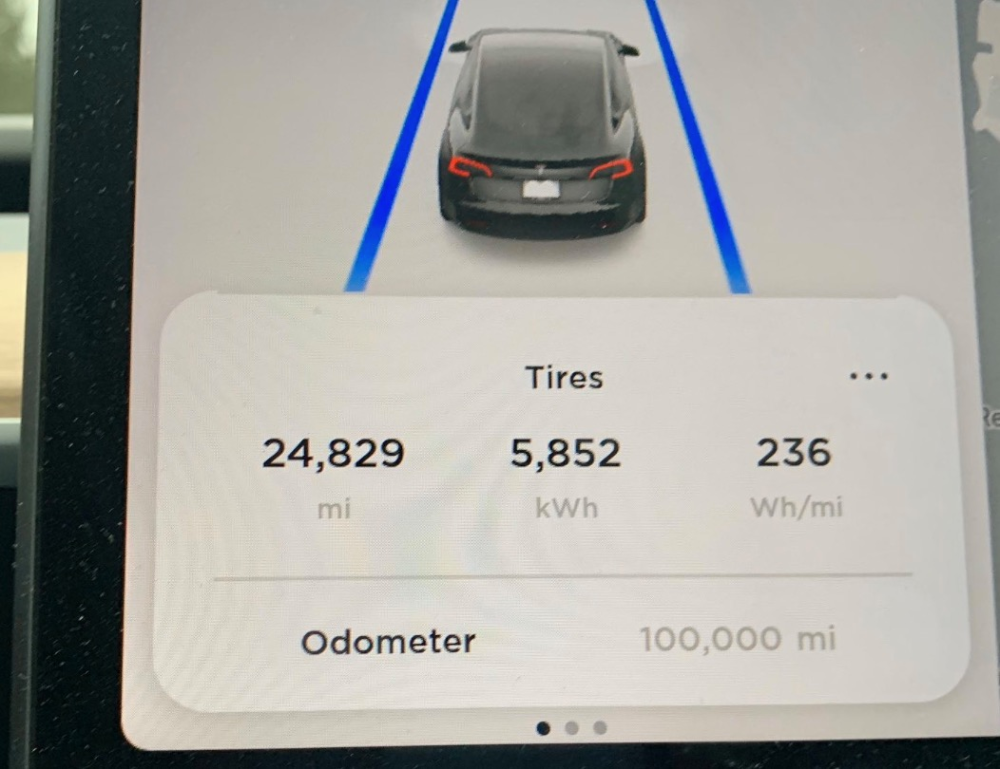
PHOTO: Wolf Tires
Estonian car owners have believed in studded tires for many years. And although there are more and more people who heed the advice to drive on lamella tires in winter, tire shops confirm that with the approach of winter, they are mostly asked to put studded tires on their car..
However, this winter will be somewhat different from previous ones, because on the crest of a wave of general price growth, not only tire replacement as a service has risen in price, but tires themselves have increased in price by 30 percent compared to last year. This forces everyone to carefully study prices before changing tires. Of course, it makes no sense to overpay, but you can’t sacrifice security either. So how do you choose winter tires so that you get them at the most affordable price possible, but at the same time, they can withstand various weather conditions as much as possible?
The decision is often made on the basis of someone else's recommendation or their own previous experience.
Wolf Tires Sales Specialist Jaanus Piller says that the recommendations should be taken with some criticism, and above all ask yourself where I mostly drive in winter, what are my usual routes and how many kilometers do I drive my car during the winter.
Jaanus Piller admits that people get very confused when faced with a large selection of sipe and studded tires, and often make their decision simply by comparing tire prices in an online store. And as the so-called complex crisis seems to be intensifying, it can be assumed that such a price-sensitive selection of winter tires will increase.
Studded tires Piller recommends the choice for those who need to commute in the morning, for example, to work from the countryside to the city. Those who make most of their trips only in the city can freely prefer lamellas - this saves the environment, roads from wear and tear, and fuel consumption should also be somewhat lower.
A studded tire is slightly more forgiving of driving mistakes than a sipe
“A studded tire is a bit more forgiving of driving mistakes than a sipe,” he says. - The sipes, of course, are quiet and have a very dense pattern, but if you find yourself with them on a highway in wet snow, then the car can often simply lose control. And studded tires have a slightly larger distance between the blocks, this provides better cleaning of the tires, so the risk of so-called slippage in the slush is less.”
- The sipes, of course, are quiet and have a very dense pattern, but if you find yourself with them on a highway in wet snow, then the car can often simply lose control. And studded tires have a slightly larger distance between the blocks, this provides better cleaning of the tires, so the risk of so-called slippage in the slush is less.”
Much depends, of course, on the number of kilometers you drive, but in general Jaanus Piller does not recommend driving with all-metal tires all year round, especially if you drive more than 10,000 kilometers a year. Then, according to him, it is still desirable to use summer tires in summer and winter tires in winter, since the so-called all-season universal tires in winter conditions are inferior in their holding properties to both lamella and studded tires.
Now that it has been said that for various reasons not all tire sizes may be available, some alternative sizes may need to be used.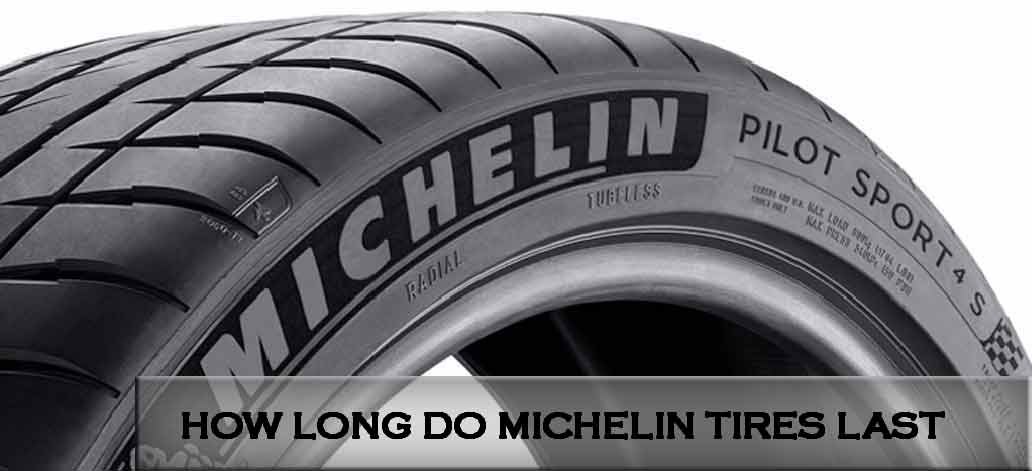 According to Piller, this cannot be ruled out, since both summer and winter sizes are used anyway. A winter tire can be the narrowest size allowed because the risk of hydroplaning on a narrow tire is less due to less rolling resistance and more compression per point.
According to Piller, this cannot be ruled out, since both summer and winter sizes are used anyway. A winter tire can be the narrowest size allowed because the risk of hydroplaning on a narrow tire is less due to less rolling resistance and more compression per point.
For example, if you drive 17-inch 225/45R17 tires in the summer, your winter counterpart might be 205/55R16, or for older vehicles also 195/65R15.
“People think life is easier if you only use one tire size, but you really don't have to stick to it so unconditionally,” Piller says. - The compatible dimensions that the automaker has marked on the door frame, on the inside of the gas tank cap or somewhere else fit the car. They are definitely worth checking out."
However, if for some reason a more serious size change needs to be undertaken, it is worth consulting a workshop - a specialist can tell if a narrow tire can be put on a wide rim or vice versa.
Unfortunately, the costs of a car owner in Estonia are inevitably higher than those of car owners in some Central European countries, because we usually have to change tires twice a year. In order to significantly reduce costs without sacrificing quality, Jaanus Piller recommends that you familiarize yourself with the world of retreaded tires that Wolf Tires deals with before choosing tires. He assures that the tire, which has undergone a thorough renovation, received a new tread and is properly balanced, is certainly better than inexpensive Chinese ones, successfully competes with middle-class tires, and in some respects even better than premium tires.
In order to significantly reduce costs without sacrificing quality, Jaanus Piller recommends that you familiarize yourself with the world of retreaded tires that Wolf Tires deals with before choosing tires. He assures that the tire, which has undergone a thorough renovation, received a new tread and is properly balanced, is certainly better than inexpensive Chinese ones, successfully competes with middle-class tires, and in some respects even better than premium tires.
“Don't be stuck in the old dogmas – time is running out, all tire retreading technologies, materials and approaches have advanced a lot,” Piller describes the current level of retreading compared to the time when treaded tires got their bad reputation. – Our plant is new and modern, we have a very minimal risk of human error. Hence the quality. It is true that at the moment we are not up to the level of Michelin and other premium brands, but we are getting more and more satisfied reviews from customers, including from tire shops. ”
”
The quality is further enhanced by the fact that at Wolf Tires all tires are balanced before they are pressed into the tread. If we take into account the fact that carcasses going for retreading undergo strict control and selection, then as a result we get an updated winter tire, which causes sincere surprise to many experienced drivers who have tried different tires - how a retreaded tire can be so good.
„The biggest enemy of our retreaded tire is the poor history of the retreaded tire. That's also one of the reasons why we give our tires a three-year warranty to give people back a sense of trust,” says Piller. – And if something happens, the car owner will not have to start a dispute with a manufacturer in China. Just give us a call and the customer will be taken care of by an Estonian manufacturer in Estonia.”
In terms of price advantages, a typical Wolf Tires retread tire costs 57 euros, and an equivalent original middle class tire in the cheapest sector costs 73-78 euros, a serious middle class new tire in size 205/55R16 is already an average of 100 Euro. And the price of a premium winter tire from Michelin or Nokian already reaches 160 euros and more.
And the price of a premium winter tire from Michelin or Nokian already reaches 160 euros and more.
Jaanus Piller shares another recommendation. Considering that people drive mostly on asphalt in winter, it is not necessary to choose a tire, for example, with 250 studs, a hundred studs are quite enough.
„On asphalt or wet snow, 250 studs are of no use. There, rather, it is necessary that the tire pattern has large channels, sharp edges and good cleaning ability, he explains the feature of studded tires. “That’s why it’s important that a person thinks about where he drives, and based on this also understands what tires he needs.”
In addition, Piller emphasizes that no matter how expensive tires we have, none of them will keep us from crashing if we use the wrong driving techniques, speed, or otherwise drive inappropriately. with road conditions.
Driving instructor OÜ Motohunt and traffic expert Raino Verliin confirms that it is possible to find tires that are safe to drive in Estonian winter conditions a variety of weather conditions.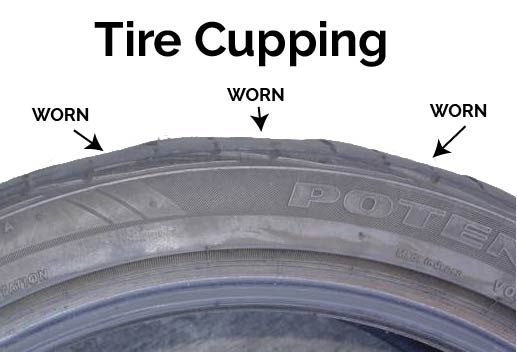
Describing Wolf Tires retreads, Reino Werliin talks about his experience last winter when he put Wolf studded retreads on his Subaru. He used to drive this car with Conti and Michelin tires. While driving on snowy winter roads near Tartu, he got a real unexpected positive shock, so in the evening twilight he called a friend and invited him to try and see.
I also had some prejudices about retreaded tyres, but in fact the surprise of how well these tires work with all-wheel drive was sincere and genuine
tyres,” Verliin says. “I also had known preconceptions about retread tires, but in fact, the surprise of how well these tires work with all-wheel drive was sincere and genuine.”
Reino Werliin, who has taken part in many tire tests, knows what he is talking about and won't rush into praise. Therefore, he also points to the fact that a retreaded studded tire that has been in use for some time may start to lose individual studs. But he argues that if you monitor wear, you can't tell for sure that a retreaded winter tire will wear more or faster than a new one.
“Last winter we also tested Wolf tires quite a lot. In the end, I can say that they hold well, they have a normal balance, some brands have very good logical handling and other nuances that make the tire a good tire, Verliin characterizes. - Among others, we also tried some Chinese tires - we could not stand driving on them at all. Therefore, you should not be afraid of retreaded tires, you can put them on and face the winter boldly.”
Order tires online for home delivery: wolftyres.ee
The most affordable is the 110cc Wave. Tank capacity (3.7 l) and fuel consumption of 56 km/l make it an economical machine.
Average performance 150cc motorcycles. this is about 25 to 45 kilometers per liter.
How much gasoline is consumed per kilometer? As a rule, in a medium-class car, a liter of fuel is consumed on average for a distance of 12 to 14 kilometers.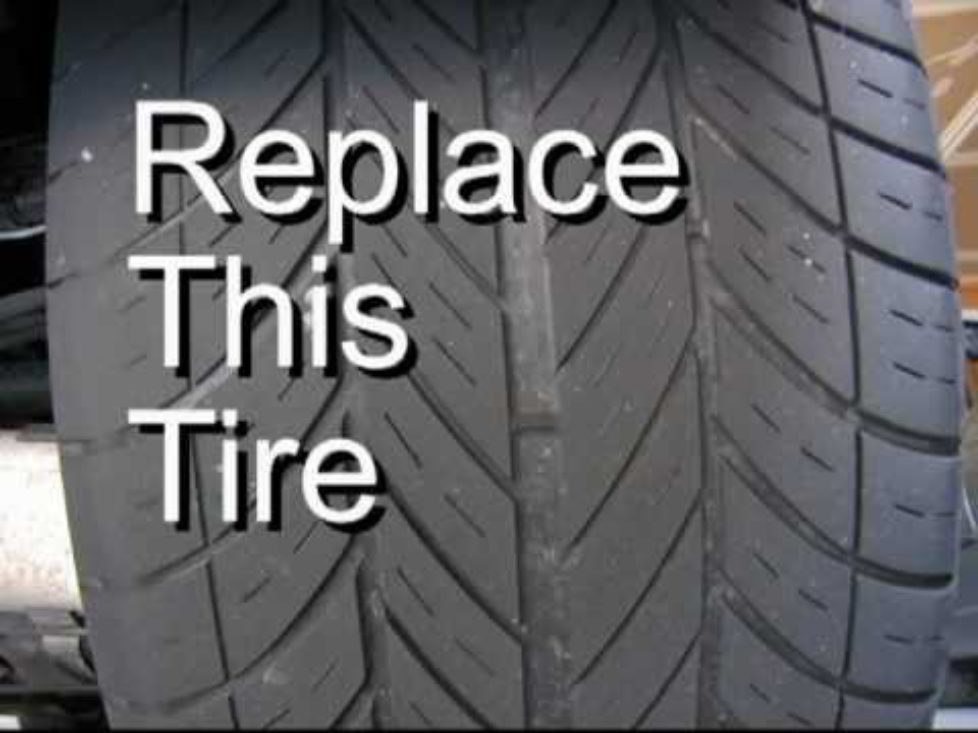 That is, from seven to eight liters for every 100 kilometers traveled.
That is, from seven to eight liters for every 100 kilometers traveled.
At this pace, if you drive on good roads (we think not more than 80 km/h), it's about 5 hours, which is not bad: it is recommended to rest every two hours.
As a rule, when the warning light comes on, you can drive about 45 kilometers. The largest models offer an estimated range of 120 kilometers, while the smallest have an estimated range of 45-50 kilometers.
Knowing that the average fuel consumption of some 125 cc models can exceed 6.5 liters per 100 km, we can take into account the benefits of reduced fuel consumption of two wheelers.
As the name suggests, when the key is in this position, the motorcycle stores an average of 1 liter of gasoline to help you get to your destination or gas station.
For motorcycles, cubic centimeters or cmXNUMX refer to engine displacement in the same way as liters for a car. In real terms, this is the amount of air/fuel mixture displaced each time the piston completes one full stroke.
El rendimiento de gasolina promedio de un vehículo con un buen afinamiento, es de entre 10 y 12 km por cada litro de ignustible.
Exposure to oxygen will eventually change the chemical composition of gasoline, which can lead to gum and varnish deposits. Gasoline must not be used if it has been sitting for more than 6 months. Stabilized gas should not be used after 6-12 months.
The reason a motorcycle uses a lot of gasoline is usually due to a mechanical problem or vehicle adjustment. As long as you maintain your motorcycle well and use the parts recommended by the manufacturer when you replace it, you shouldn't have any problems with this.
MV Agusta F4 1000RR - 308 km/h. … Ducati R 1199 Panigale R – 310 km/h. …Kawasaki Ninja h3R – 357 km/h.
When asked how long a motorcycle will last, experts estimate that it will last between 12 and 15 years. And that it can travel about 100.000 kilometers.
In short, when accelerating, a modern engine controls itself and does not risk giving full throttle and holding it. But when decelerating, you can go beyond the maximum speed if you turn on the wrong gear and you can get damaged due to the above malfunctions or twisting the crankshaft, which will try to "twist".
But when decelerating, you can go beyond the maximum speed if you turn on the wrong gear and you can get damaged due to the above malfunctions or twisting the crankshaft, which will try to "twist".
The most general recommendation is that the fuel should not be left dormant in the vehicle's tank for more than 6 months, as after this time the fuel can form residues which in turn can cause problems.
As a result of all this, the engine will not receive enough fuel and you will notice how it loses power while driving.
You can go on a 150cc motorcycle for a long trip, that is, much more than 210 km, the only drawback is that you have to adapt to what is there and not demand more from the vehicle than it can give.
YBR 125Z at 4500 rpm in 5th gear reaches a speed of 60 km/h in the city with an average fuel consumption of 50 km/l.
The Mexican brand also offers excellent fuel economy motorcycles in a variety of models, including performance models such as the FT250TS, which has a 250cc engine.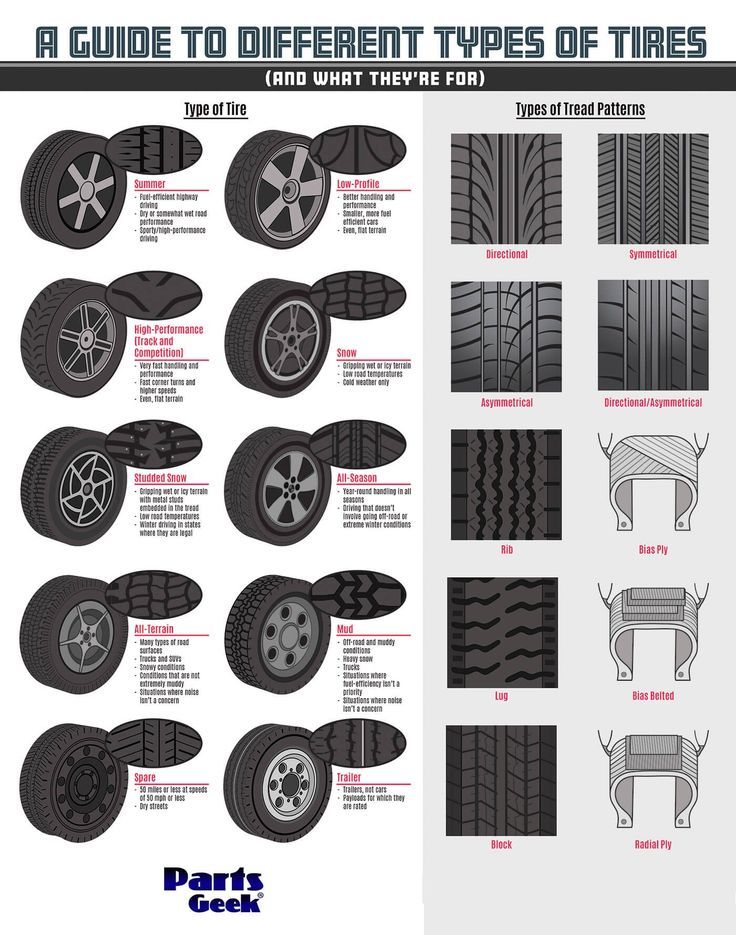 cm provides speed up to 24 km / l.
cm provides speed up to 24 km / l.
WHAT SPEED CAN THE 125CC SCOOTER GO? The maximum speed you can drive on motorways is 120 km/h. The rules of the road also provide for a minimum speed you must drive, which is 60 kilometers per hour.
How do I know how much gasoline my motorcycle has left? As a rule, it is enough to open the gas tank and shake the motorcycle, keeping your ears open, if liquid sounds inside it, then there is still gas for a good role.
Therefore, the closest estimate, although not very accurate, is that the range of the car is between 50 and 120 kilometers.
“Recommended cold tire pressures can be found in the vehicle owner's manual and on the tire label. It's typically 30 psi for small cars, 36 psi for midsize cars, and 42 psi for large cars."
Honda continues to lead the brand market with 73.961 units, followed by Motomel with 51.044 units and Corven in second place with 35.747 units. In the brand rankings, below Gilera with XNUMX units sold, and then Zanella, rounding out the top five with XNUMX XNUMX motorcycles.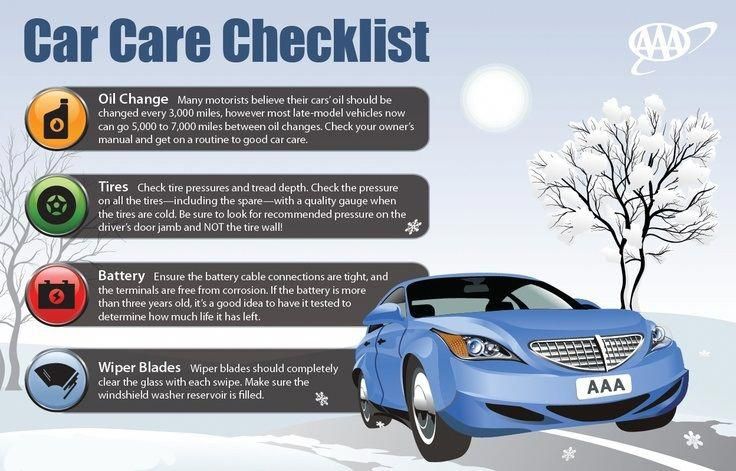
They are useful for getting around the city without relying on public transport, which can be slow or busy. With a motorcycle with these features, people can lead a more orderly life, taking their kids to school and then heading to work.
If you are riding a motorcycle with a cylinder capacity of less than 250 cc. see, you will not be able to enter controlled access roads. Motorcyclists are also prohibited from making reckless maneuvers or sudden lane changes that endanger themselves or third parties.
It's best to brake lightly with rear brake torque before applying the front brake, this way the rear of the bike will drop a little, preventing the weight from shifting too far forward, helping to achieve more balanced braking.
A liter of petrol gives from 26 to more than 50 kilometers in Italian, depending on the model, while the car travels approximately 10 to 24 kilometers. No doubt the savings are not negligible.
How much gasoline is consumed per kilometer? As a rule, in a medium-class car, a liter of fuel is consumed on average for a distance of 12 to 14 kilometers.